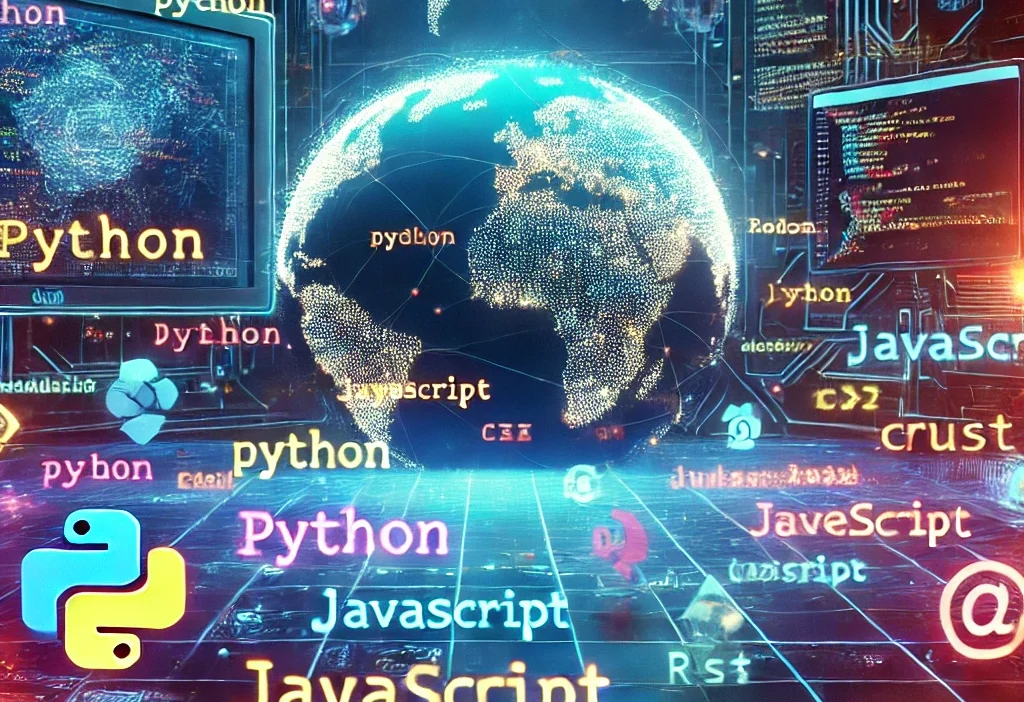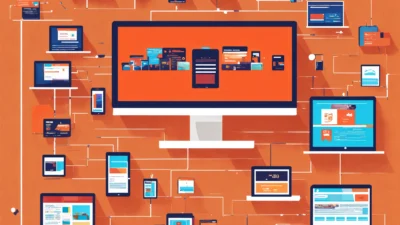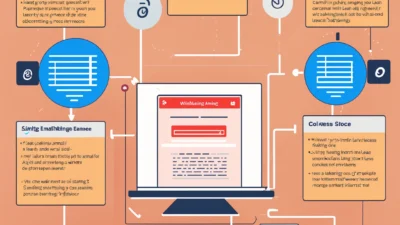The World of Programming Languages
Programming languages are the backbone of the digital world, enabling developers to create software, applications, and websites. Many people wonder how many programming languages exist, but the answer is not as straightforward as it seems.
Defining a Programming Language
Before exploring the total number of programming languages, it is important to define what qualifies as one. A programming language consists of a formal set of instructions that generate specific outputs. These languages enable developers to communicate with computers and execute various tasks efficiently.
The Count of Programming Languages
As of 2021, more than 700 programming languages exist, each designed for unique purposes and different domains. While some languages, like Java, Python, and C++, dominate the industry, many others cater to niche applications.
Evolution and Proliferation
The programming landscape continues to evolve rapidly. New languages emerge to address technological advancements, while others fade into obscurity. Because of this constant evolution, developers must stay informed about new trends and tools.
Popular Programming Languages
Several programming languages are widely used today, including:
- Python: Known for its simplicity and versatility, Python plays a crucial role in web development, data science, and automation.
- JavaScript: As the language of the web, JavaScript powers dynamic and interactive web pages.
- Java: A robust and versatile language, Java supports applications ranging from mobile apps to enterprise systems.
Choosing the Right Language
With so many programming languages available, selecting the right one can be challenging. Factors such as project requirements, developer expertise, and industry trends significantly influence the decision-making process.
Conclusion
Although the exact number of programming languages varies based on classification criteria, one thing is certain—the world of programming remains diverse and ever-expanding. To stay competitive, developers should continuously update their skills, explore new languages, and refine their expertise in existing ones.





